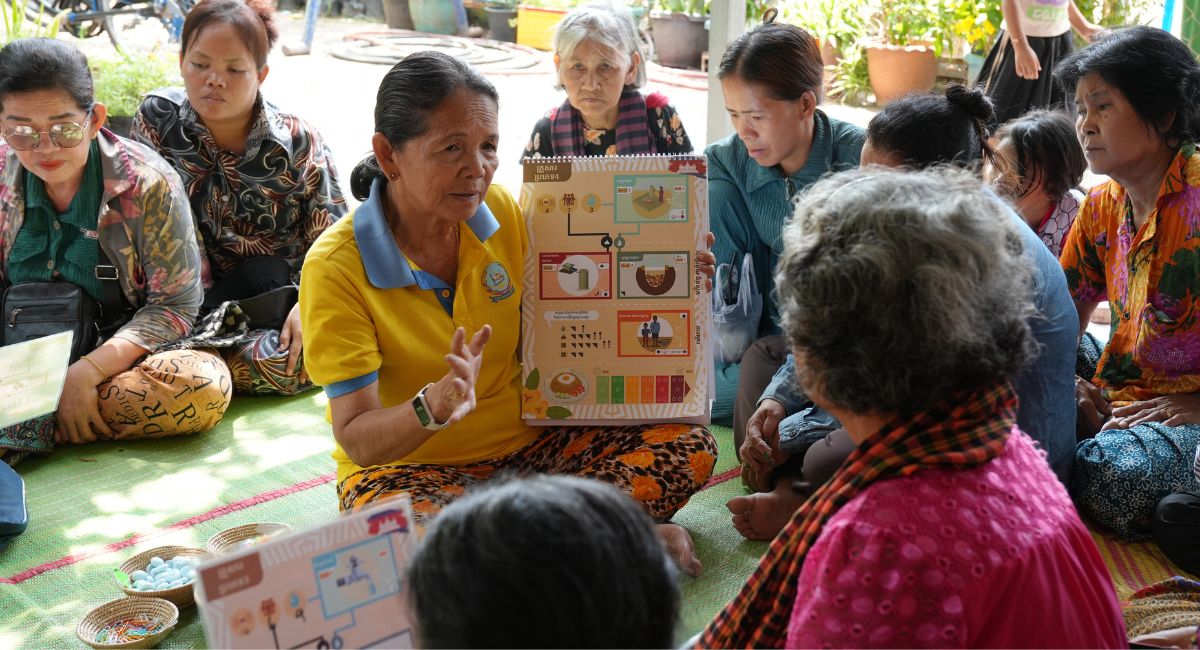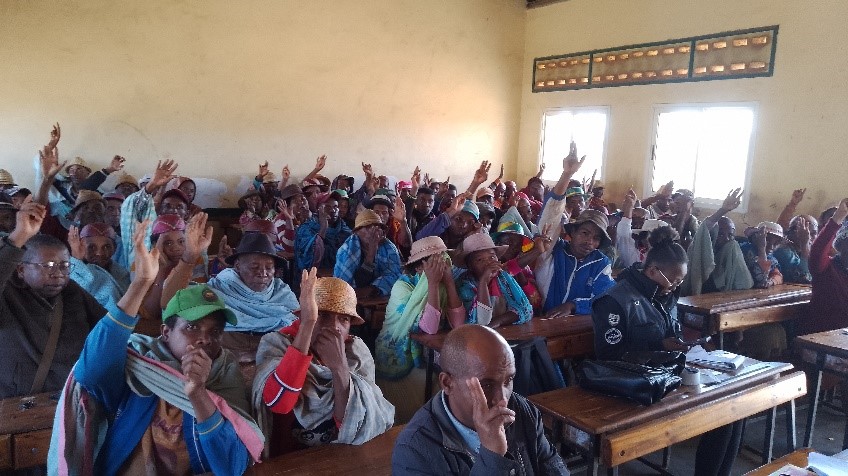The Sanitation handbook is a practical and methodological guide aimed at facilitating the operational implementation of liquid sanitation services in developing countries. Produced under the coordination of Julien Gabert, this handbook, co-published by GRET and Quæ, has been available since the start of January.
Is it really necessary to recall the low rates of access for populations to sustainable hygienic sanitation? There is still a long way to go to achieve the Sustainable Development Goals for universal fair access to decent sanitation: in 2015, 892 million people in the world were still practising open defecation and 2.3 million people still had no access to a basic sanitation service1.
To respond to the challenges of access to sanitation in the future, professionals in the sector must have all the relevant elements to hand. The Sanitation handbook is aimed at practitioners working in the liquid sanitation sector in developing countries: municipal, regional and national technical services staff; sanitation service managers; water and sanitation engineers and technicians; staff members in consulting firms and NGOs. It targets people who decide, choose, design, implement or manage sanitation services, whatever their initial level of training. “The Sanitation handbook aims to provide all the elements necessary to help decision-making in order to define and manage a comprehensive, sustainable sanitation service that is adapted to suit the localities targeted”, explains Julien Gabert, coordinator of the publication and former Head of sanitation programmes with GRET.
The Sanitation handbook deals solely with management of waste water and excreta, and covers the entire sector. In various contexts (rural, semi-urban and urban), it proposes methodologies and avenues of reflection to define, choose, design, implement and monitor appropriate sanitation services for each situation. It does not aim to be exhaustive, but rather to provide an overview and to refer to a specific bibliography or to specialists, when necessary.
How to decide and plan sanitation services in a locality? What are the stages and the methodology for implementing these services? How to sustainably manage and monitor them? Taking a “service” approach, the Handbook covers the four structural dimensions of sanitation: the stakeholders, communication, technical aspects, and lastly, the economic and financial aspects – from the first stages of diagnosis and planning of the service through to the issues of management and monitoring of services in place. It is not a question of giving recipes to be followed, but rather of supporting readers in their reflections and proposing a process, methodologies and tools that are suited to their requirements in order to give rise to a sustainable sanitation service.
The Sanitation handbook features nine chapters subdivided into 24 sub-chapters, each of which can be read independently according to the reader’s requirements. Chapters are complemented by thirty methodological and technical factsheets, and a toolkit containing adjustable examples.
This publication is the result of four years of work by five writers, twenty contributors and ten proofreaders. It was produced with financial support from GRET, Agence française de développement (AFD), Agence de l’eau Seine-Normandie (AESN) (Seine-Normandy Water Agency), the Syndicat interdépartemental pour l’assainissement de l’agglomération parisienne (SIAAP) (Interdepartmental syndicate for sanitation in the Greater Paris Region), and the Fondation SUEZ.
The print format of The Sanitation Handbook, together with a USB key, is currently on sale at a price of 59 euros including vat. You can order it on the Quæ website. It is also available free of charge in digital format on the dedicated website: https://memento-assainissement.GRET.org or in ebook format.






